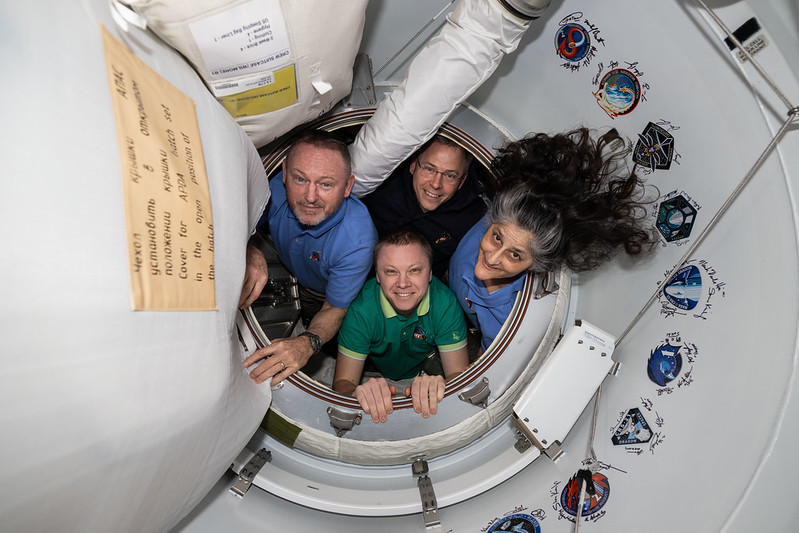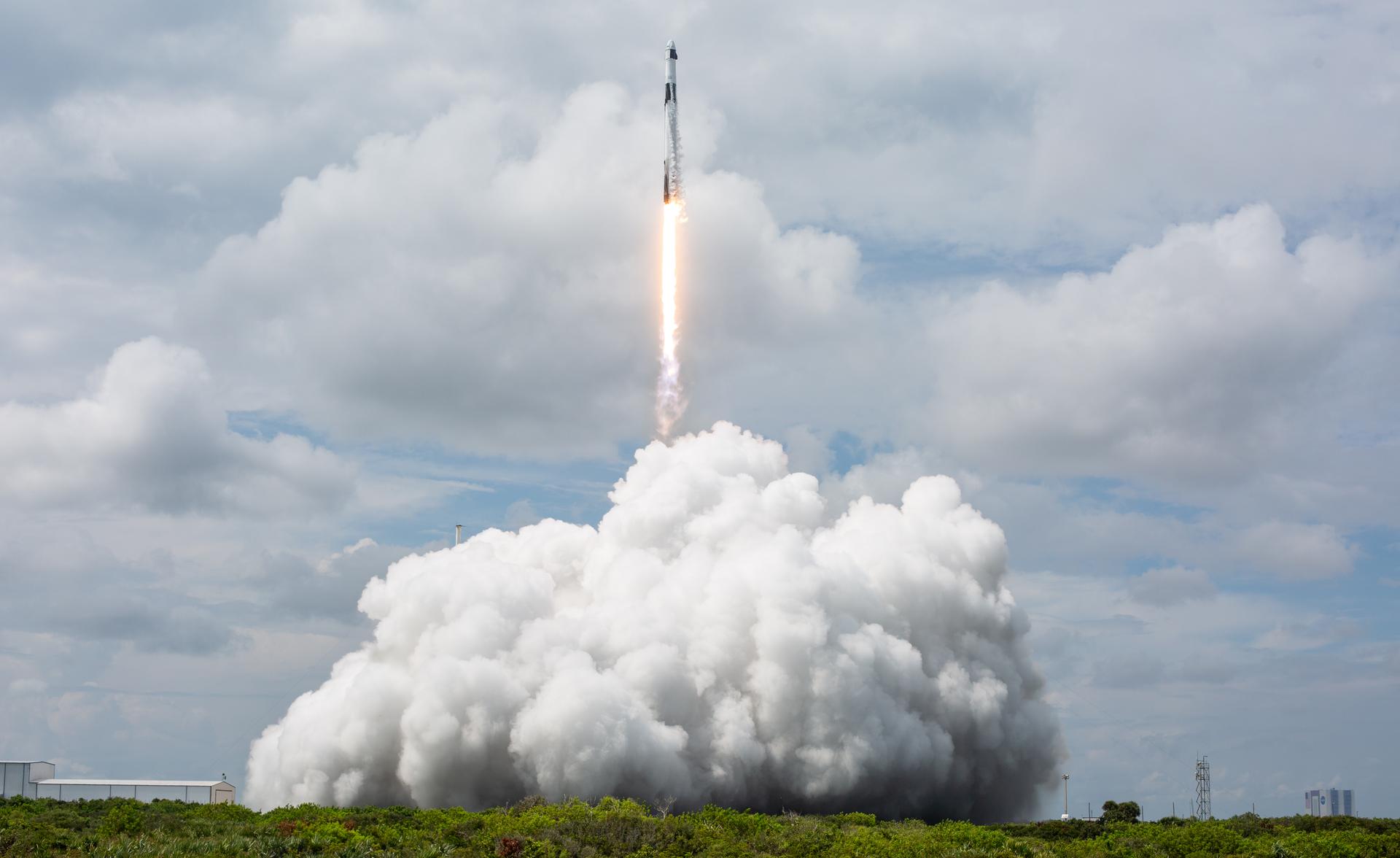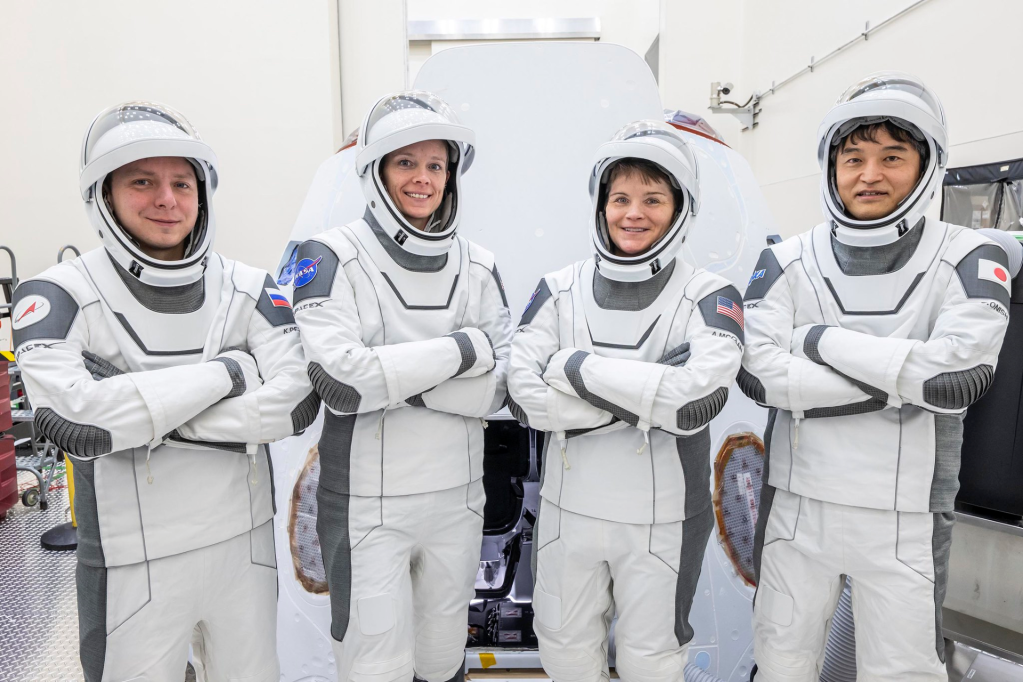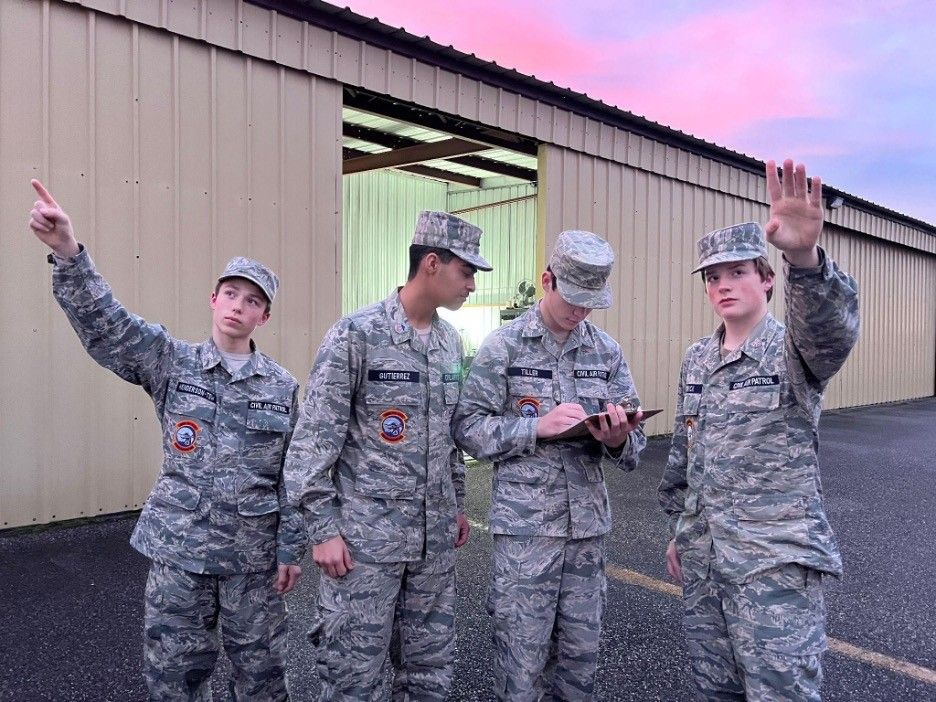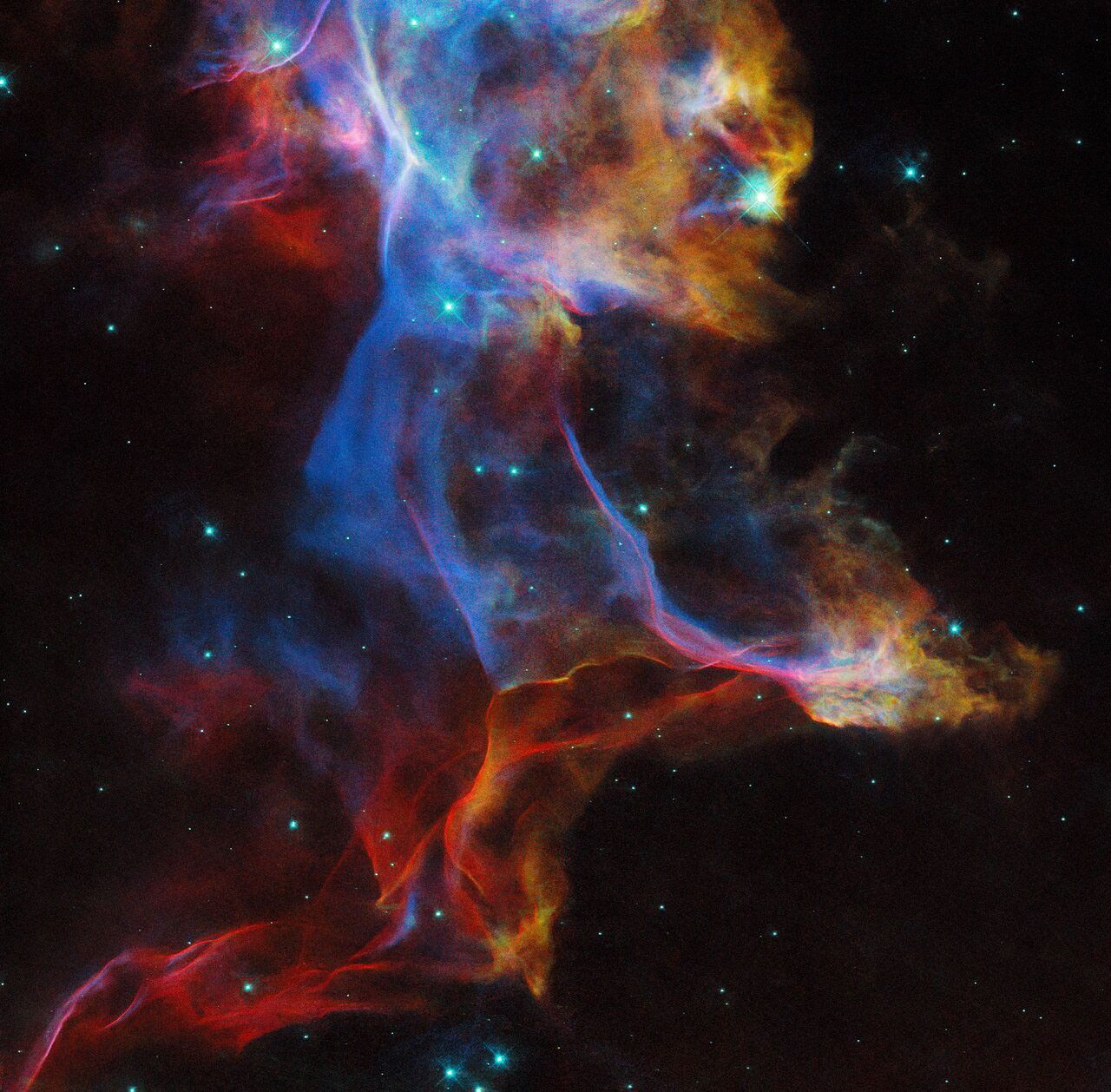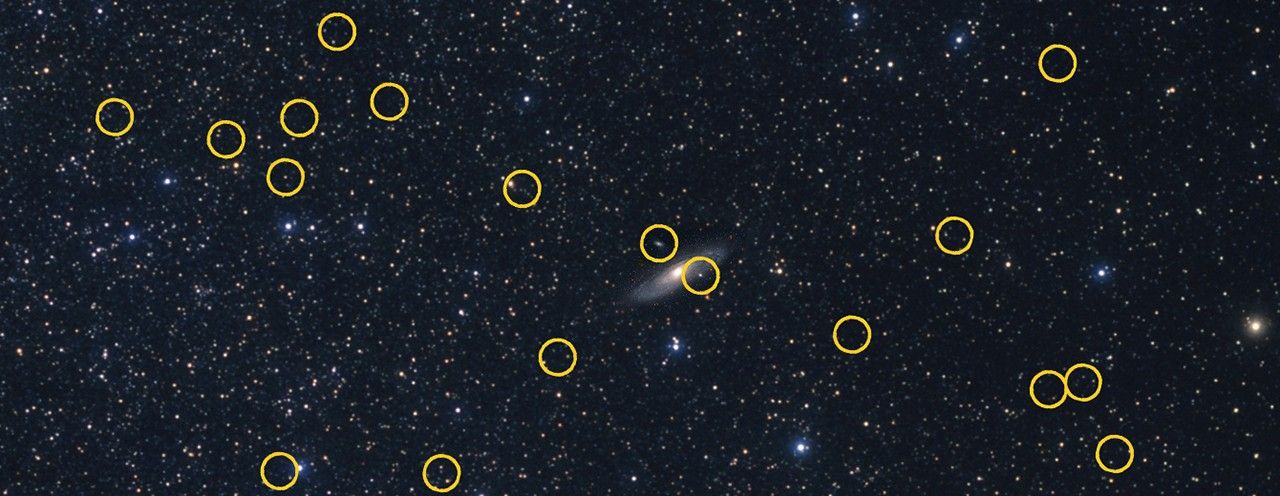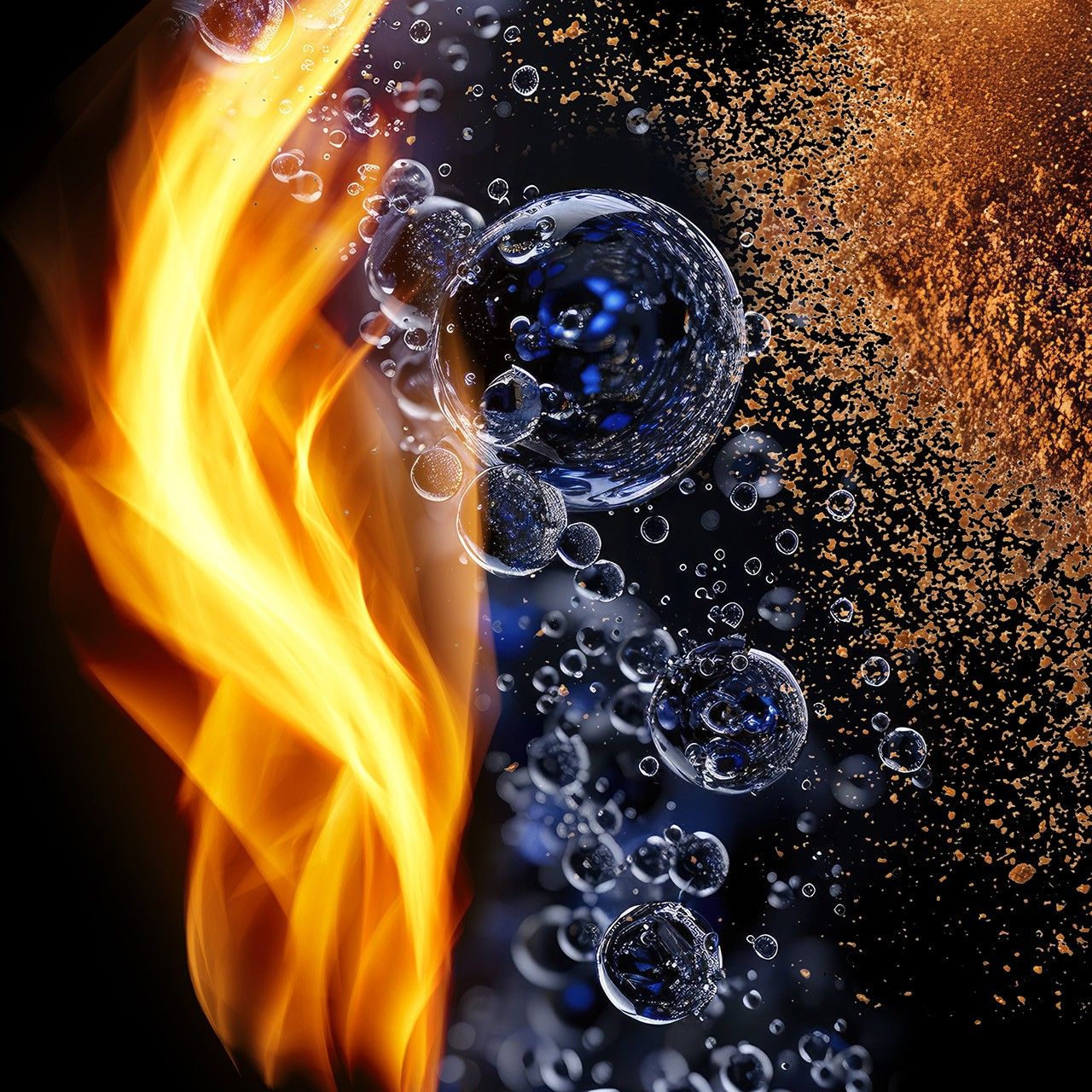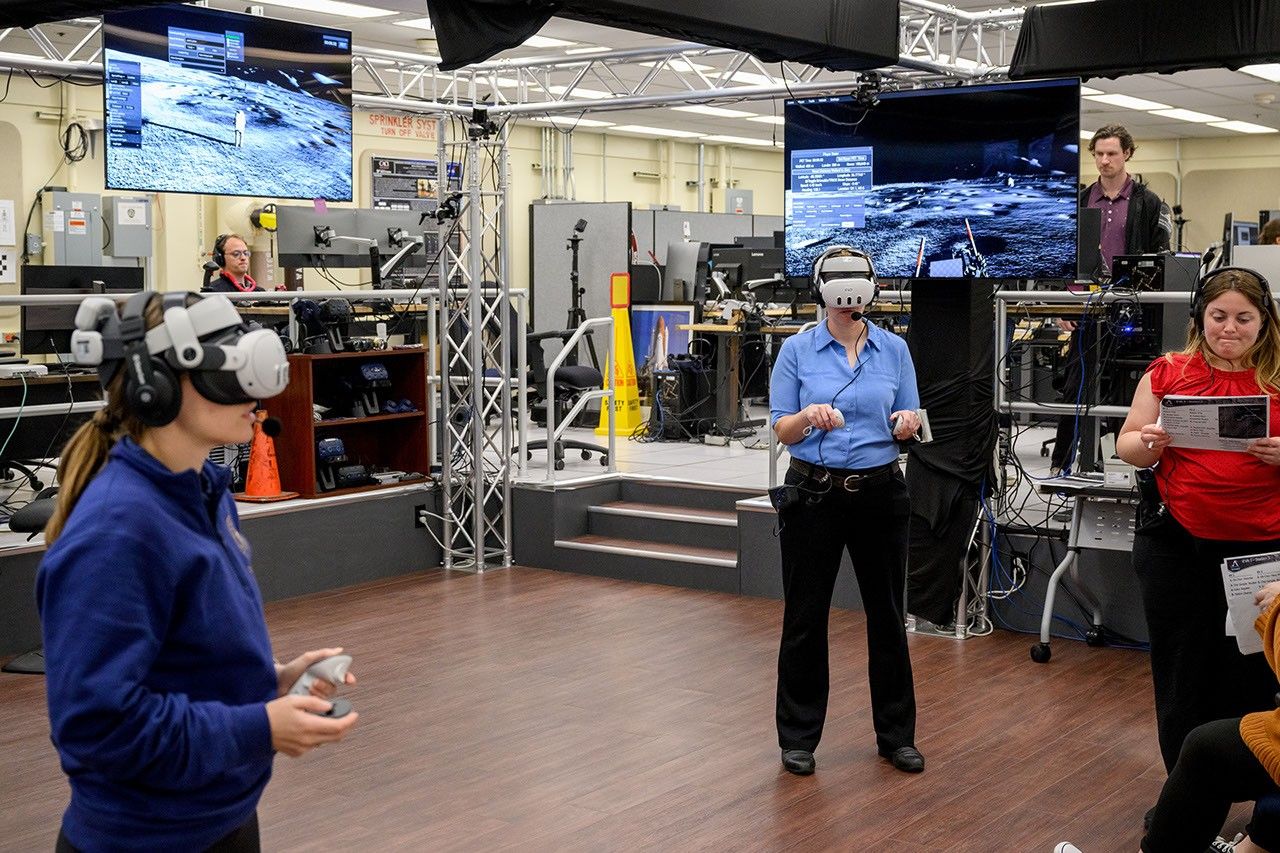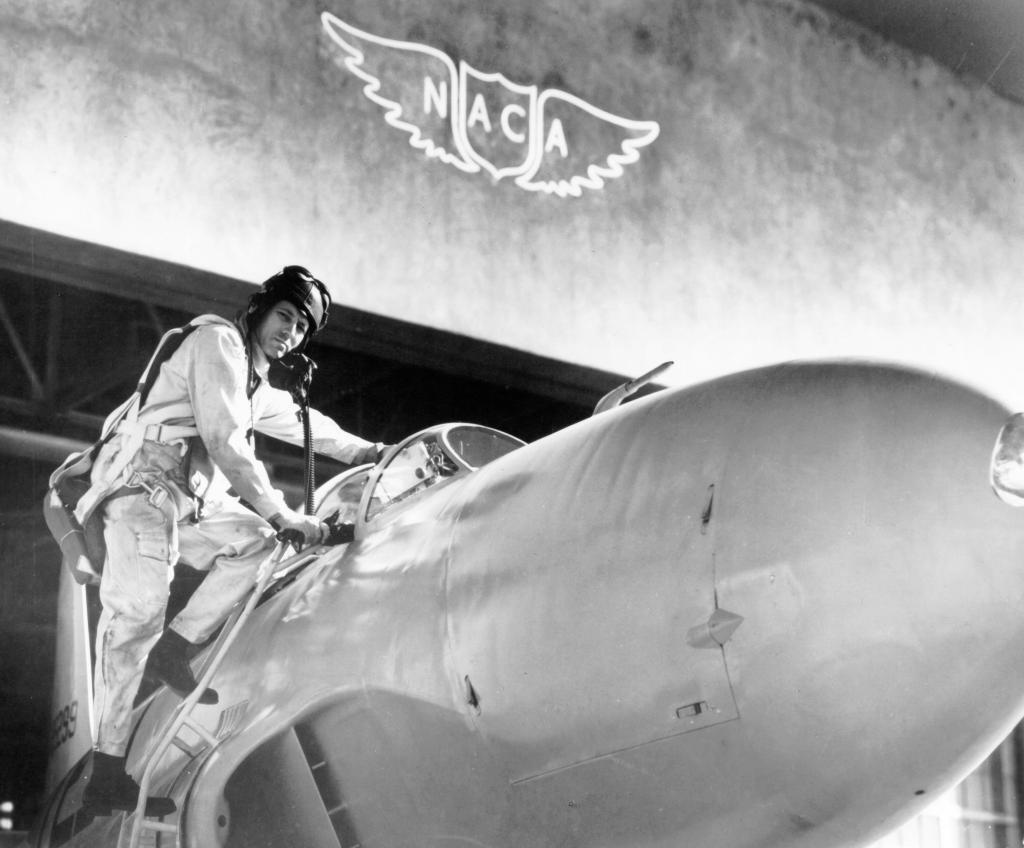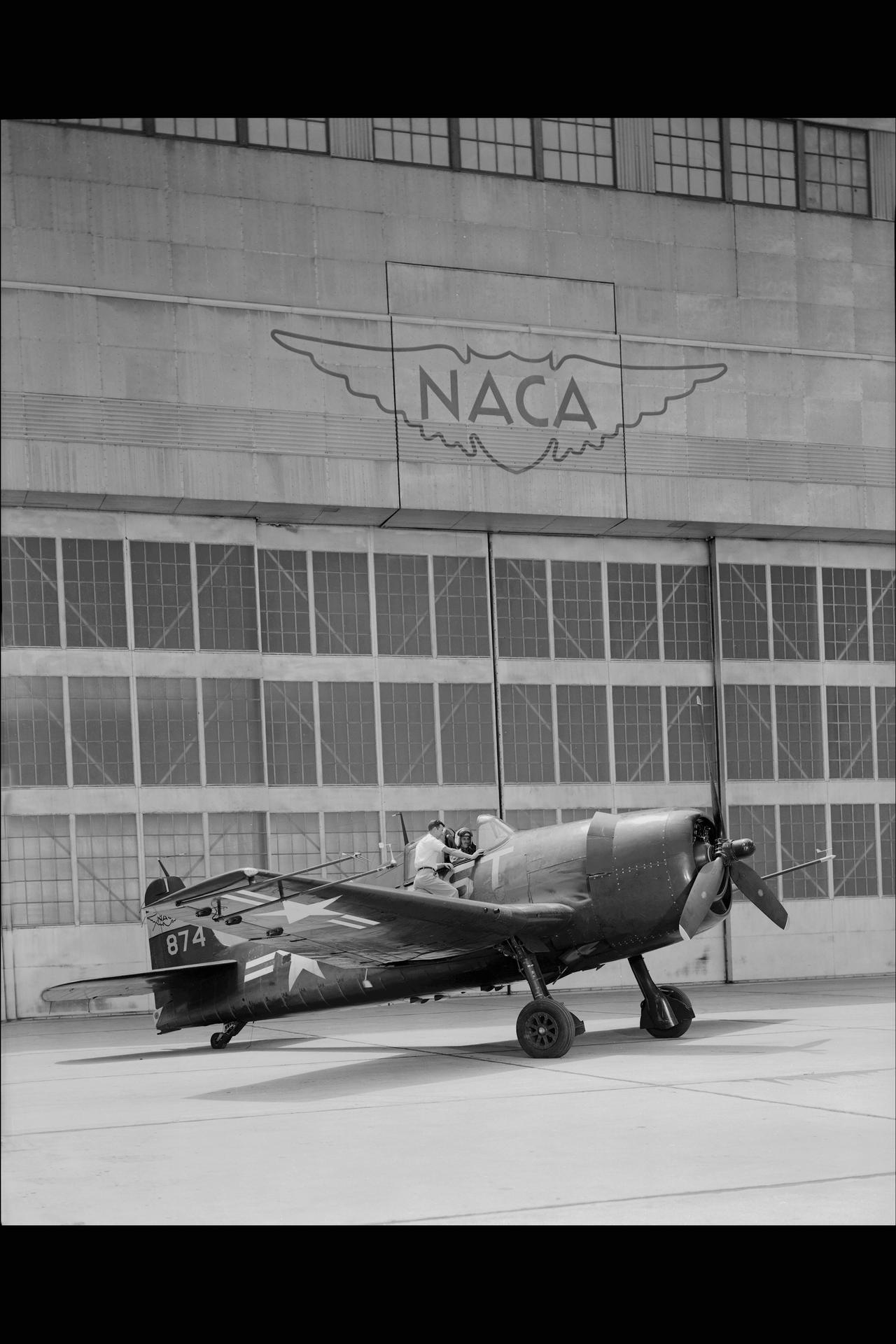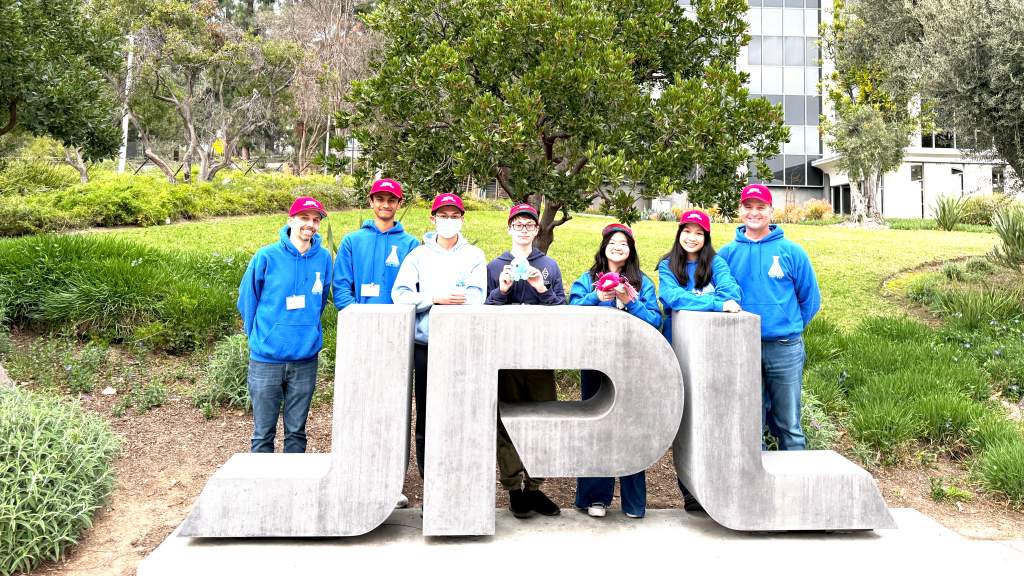EG-0085-01
The Bell X-2 was a rocket-powered, swept-wing research aircraft designed to investigate the structural effects of aerodynamic heating as well as stability and control effectiveness at high speeds and altitudes. The program was developed jointly in 1945 by Bell Aircraft Corporation, the U.S. Air Force and the National Advisory Committee for Aeronautics (NACA) to explore aerodynamic problems of supersonic flight and to expand the speed and altitude regimes obtained with the earlier X-1 series of research aircraft.
In 1946, the NACA Pilotless Aircraft Research Division (PARD) began testing rocket launched X-2 models at Wallops Island, VA, to gather stability and control data. Additional tests helped NACA and Bell engineers design a pilot escape system for the X-2. The NACA made its spin tunnel and supersonic wind-tunnels at the Langley Memorial Aeronautical Laboratory, Hampton, VA, available to evaluate various aspects of the X-2 design. The NACA was also responsible for scientific instrumentation of the X-2.
Two X-2 airframes, nicknamed “Starbuster,” were built at Bell’s plant in Wheatfield, NY, using stainless steel and K-monel (a copper-nickel alloy). The vehicles were designed to employ a two-chamber Curtiss-Wright XLR25 throttleable liquid-fueled rocket engine. It had a variable thrust rating from 2,500 to 15,000 pounds. The X-2 was equipped with an escape capsule for the pilot. In an emergency, the entire nose assembly would jettison and deploy a stabilizing parachute. Once at a safe altitude, the pilot would then manually open the canopy and bail out. Although the Air Force approved the final escape system design, NACA representatives were concerned that it might prove dangerous to use.
A Boeing B-50A bomber was modified to carry the X-2 to launch altitudes around 30,000 feet. The pilot then climbed into the X-2, dropped away from the bomber, and ignited the engines if it was a planned powered flight. After engine burnout, the pilot guided the X-2 to an unpowered landing on the surface of Rogers Dry Lake at Edwards Air Force Base, CA…Learn more





